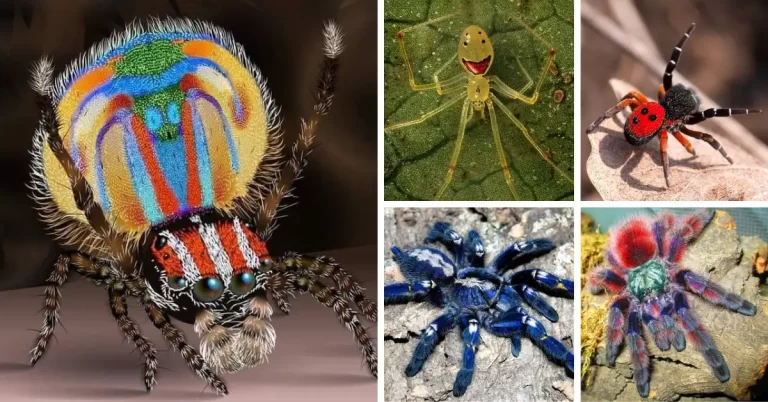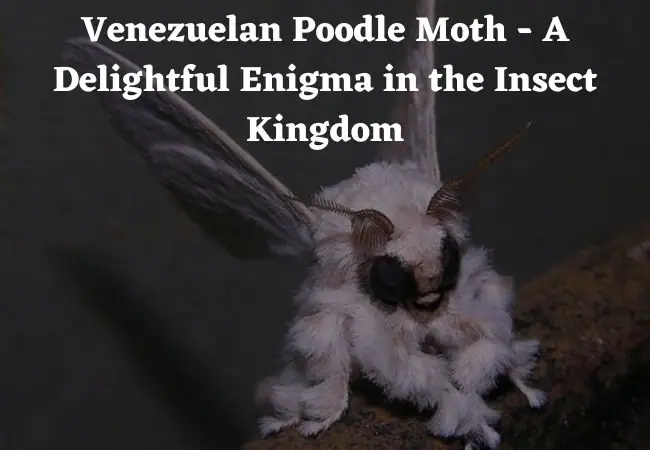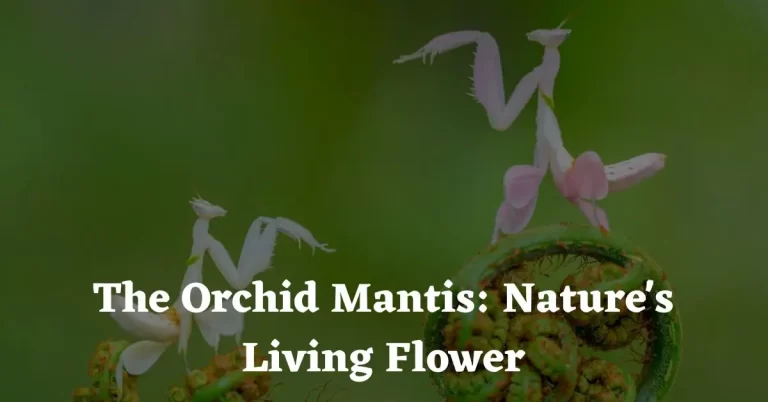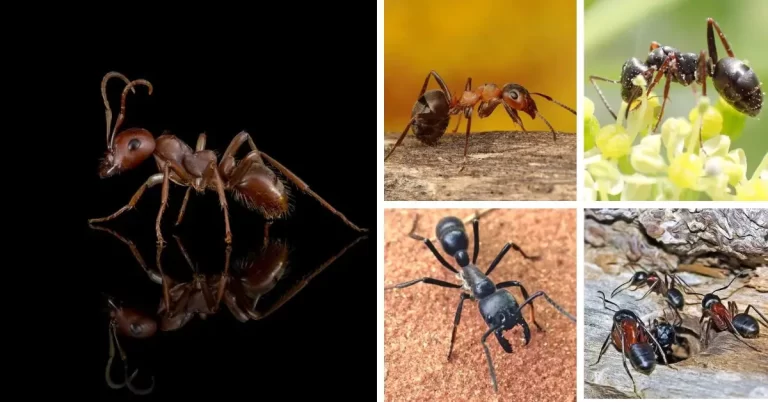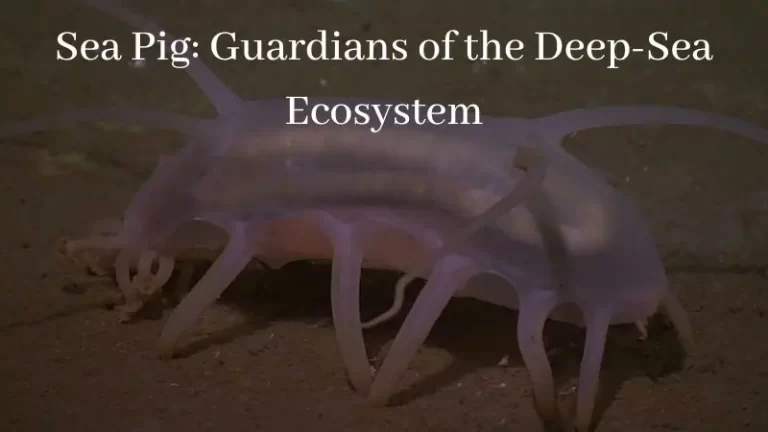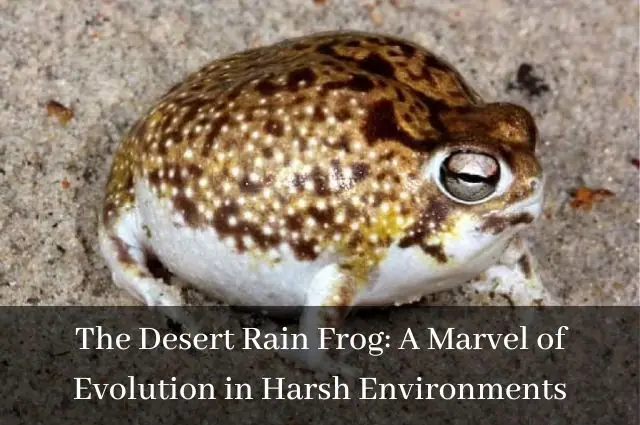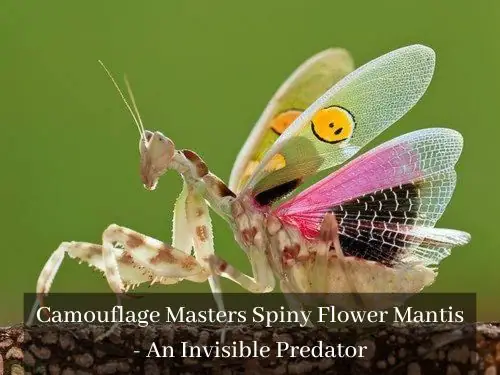Albino Monkeys: Nature’s Rare Gems and Their Struggle for Survival

Albino monkeys are a fascinating and rare phenomenon within the primate world. These unique creatures captivate our attention due to their distinctive appearance and the challenges they face in their environment. In this blog post, we will delve into the…

